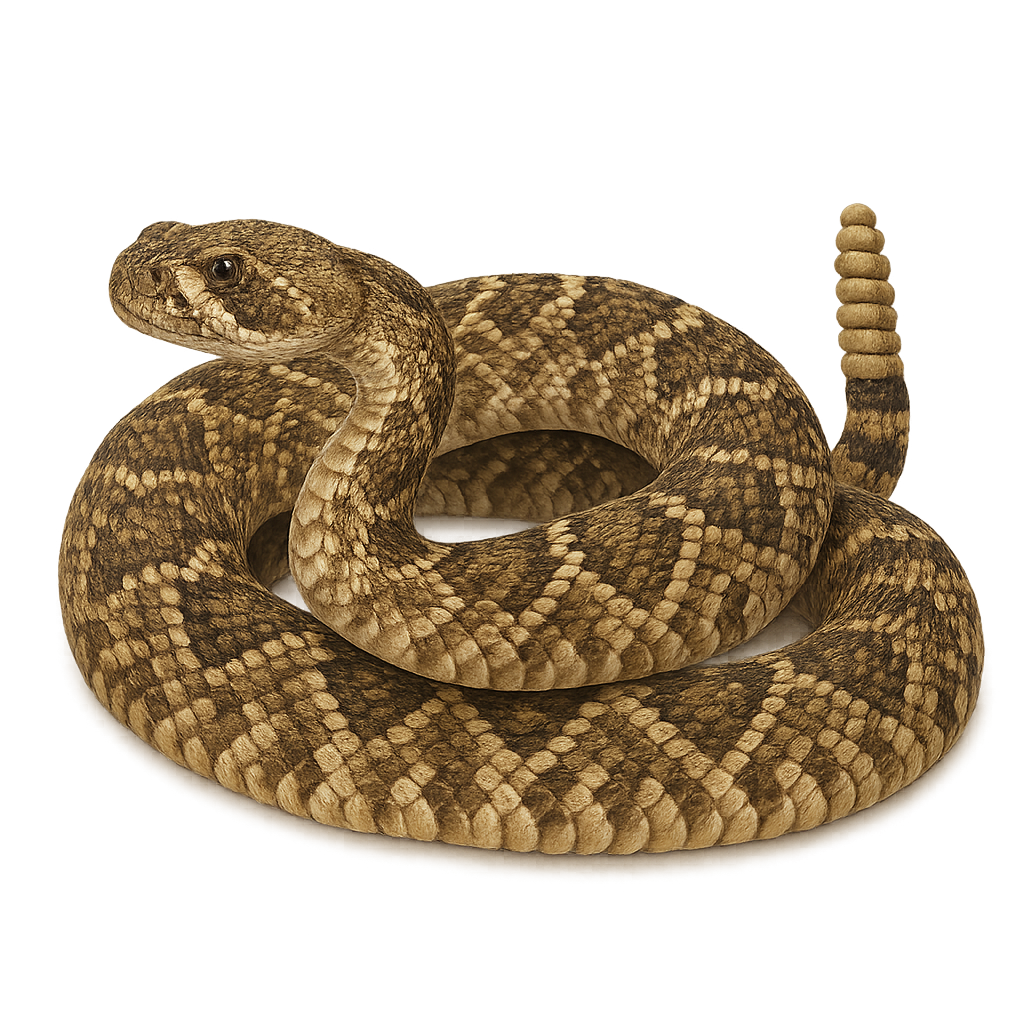Your wildlife photography guide.
Explore the western diamondback rattlesnake in detail, study its behavior, prepare your shots.
Where to observe and photograph the western diamondback rattlesnake in the wild
Learn where and when to spot the western diamondback rattlesnake in the wild, how to identify the species based on distinctive features, and what natural environments it inhabits. The WildlifePhotographer app offers tailored photography tips that reflect the western diamondback rattlesnake’s behavior, helping you capture better wildlife images. Explore the full species profile for key information including description, habitat, active periods, and approach techniques.
Western Diamondback Rattlesnake
Scientific name: Crotalus atrox

IUCN Status: Least Concern
Family: VIPERIDAE
Group: Reptiles
Sensitivity to human approach: Shy
Minimum approach distance: 5 m
Reproduction period: March to May
Incubation: 167 jours
Births: March to May
Habitat:
Deserts, grasslands, sparse forests
Activity period :
Mainly active at night, generally discreet during the day.
Identification and description:
The Crotalus atrox, commonly known as the Western Diamondback Rattlesnake, is a venomous snake found primarily in the southwestern United States and northern Mexico. It is easily recognizable by its diamond-shaped pattern on its back and its famous rattling sound, produced by the keratin segments at the end of its tail. This snake can reach a length of 1.5 to 2 meters. It prefers arid habitats such as deserts, grasslands, and sparse forests. Although venomous, it generally only attacks if it feels threatened. Its venom is hemotoxic, affecting blood and tissues, but bites are rarely fatal due to modern treatments.
Recommended lens:
400 mm – adjust based on distance, desired framing (portrait or habitat), and approach conditions.
Photography tips:
To photograph the Crotalus atrox, it is advisable to use a telephoto lens of at least 400mm to maintain a safe distance. Look for it in arid habitats like deserts and grasslands, especially at dusk when it is most active. Be patient and attentive to subtle movements. Use a tripod for stable shots and avoid disturbing it to get natural shots.
The WildlifePhotographer App is coming soon!
Be the first to explore the best nature spots, track rutting seasons, log your observations, and observe more wildlife.
Already 1 432 wildlife lovers subscribed worldwide

